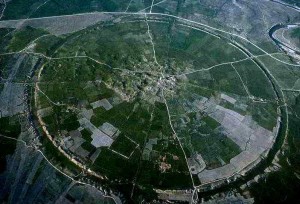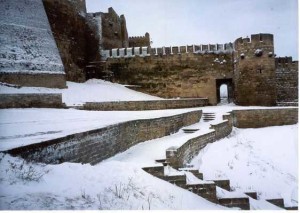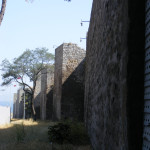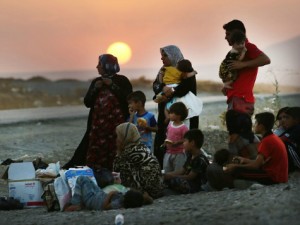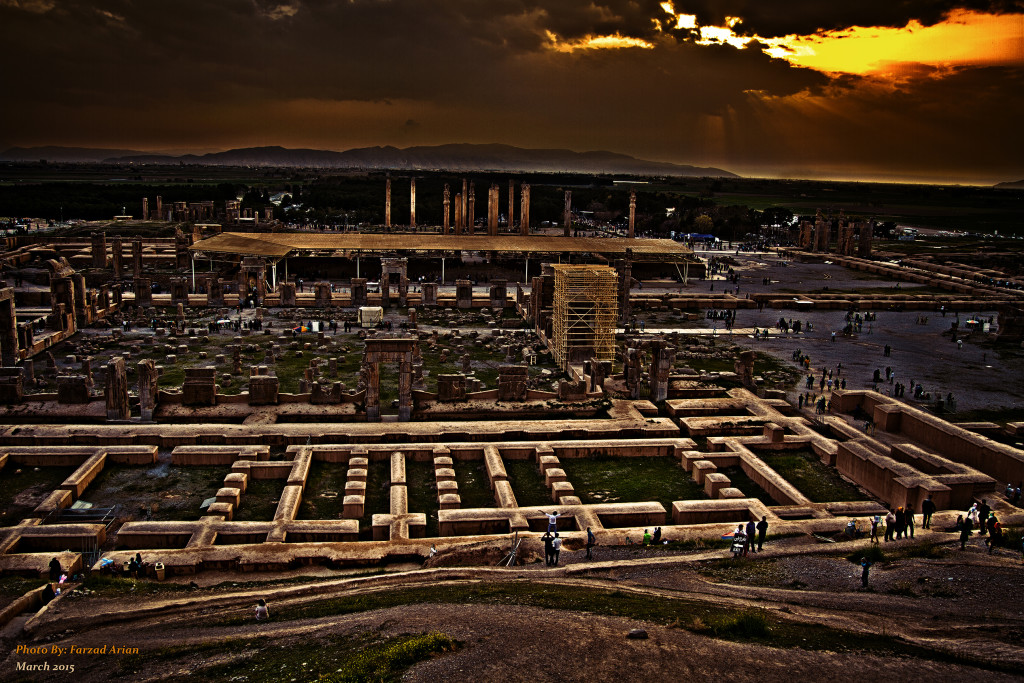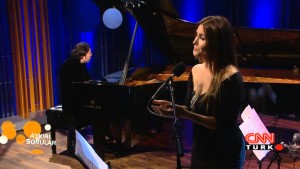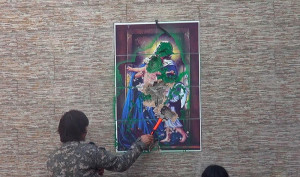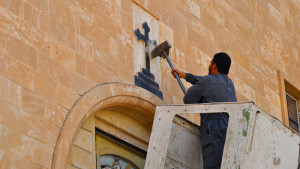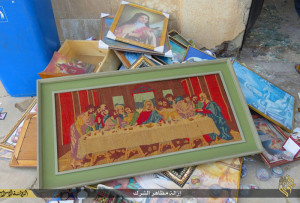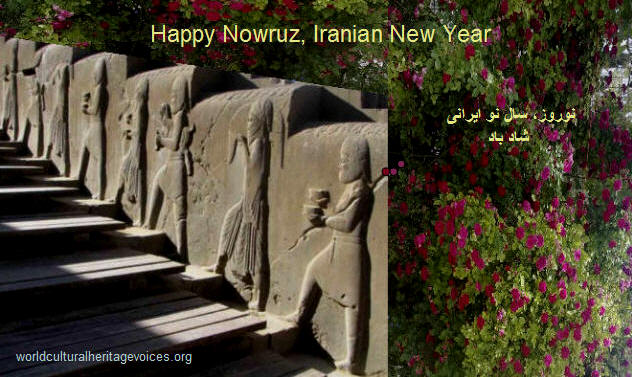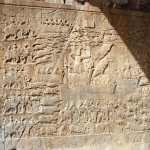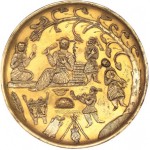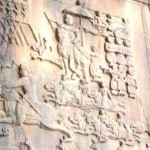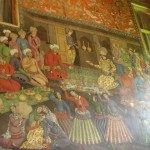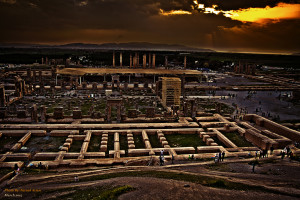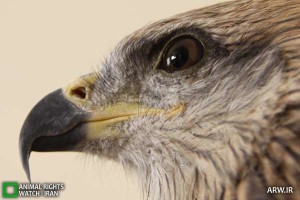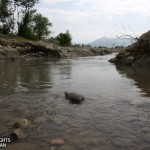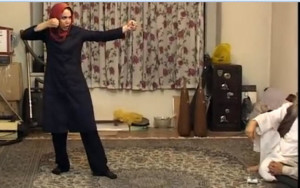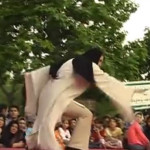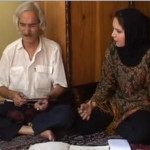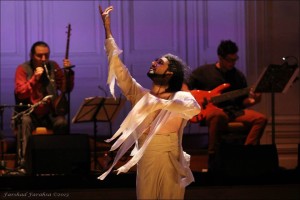 Mr. Shahrokh Moshkin-Ghalam, Ballet dancer, choreographer, playwright and member of French National Theatre, receives Nowruz Award as the artist of the year due to:
Mr. Shahrokh Moshkin-Ghalam, Ballet dancer, choreographer, playwright and member of French National Theatre, receives Nowruz Award as the artist of the year due to:
– His valuable endeavors in the past and especially during the last year, in introducing Iranian arts and culture to the audiences outside Iran.
– His dance design and choreographies based on Iranian literary and historical text, shown to American and European audiences.
– His dance-theatrical creations with reference to local dance traditions of Iran and folkloric sources.
– His role in creation of Nakisa Dance Group.
– And above all, his successful undertaking to keep the Iranian Dance alive in a time when this art is forbidden in his country.
****
Although Mr. Moshkin-Ghalam left Iran when he was quite young grew up and then academically was trained in performing arts in France, he has followed the love of his motherland and Iranian culture. He is well known as a member of French National Theatre, a member of La Comedie Française and has repeatedly appeared on the stage of Sullie Theatre (Mushkin). After familiarizing himself and training in the Art of Dance of Indonesia, India and Japan, he focused his attention on the dances of his country and embarked on an extensive research. The beauty of his art comes from mixing two sources of folkloric dances and literary works, creating a new, beautiful and modern work of art.
His work has attracted the attention of Iranians (especially the second and third generations) outside Iran as well as the young generation inside Iran who have been familiar with his work through social media. This welcoming attention shows that his work and art has the potential to attract and be suitable for the new Iranian youth. Especially in an unfortunate time when the art of dancing is forbidden in Iran and no theatre or cinema can present it while its teaching is also banned.
The other important aspect of Mr. Moshkin-Ghalam’s creative and artistic talent and style is the fact that although his creations are inspired by Iranian sources, their representations are based on international standards.
He not only has proven to be an educator and contemporary artist, he has also proven that there is a significant place for his role in keeping alive a forbidden art for generations to come.
Pasargad Heritage Foundation
www.savepasargad.com
*****
Biography
Shahrokh Moshkin Ghalam is an Iranian modern dancer. Mr. Ghalam received his degree in History of Art and Theatre from the University of Paris 8. He is a choreographer, actor, and director, and the founder and artistic director of Nakissa Art Company.
Style
Mr. Moshkin-Ghalam was born in Shiraz, Iran, but moved to Paris in his early teens to be trained in various styles of dance. His choreography style is usually based on Persian classical music that brings Persian myths, poetry, and dance together to create an atmosphere of magical quality. He has danced in Seven Pavilions of Love, Sohrab and Gordafarid, and Khosrow and Shirin. In his Dance-Mythologic (a collection of Dances based on Persian mythology) piece, Shahrokh is a story teller translating the lines from thousands of years ago into movements familiar to today’s audience all over the world. In Moshkin- Ghalam’s view, movement is to convey a message; he does not believe in using movement for the sake of movement. His extensive training in world dances, along with his open-mindedness, allows him to take all that he feels necessary from other cultures, and add to it, or sometimes re-invent it in a new context for a different purpose.
Mr. Moshkin-Ghalam draws inspiration from diverse Eastern traditions to create a unique style of dance. Persian, Kurdish, Soufi and Indian influences blend with a contemporary training in both dance and theatre.
“I came to realize the importance of my roots, my heritage, my being Iranian after I left Iran. It happened over the course of my six-year collaboration with Ariane Mnouchkine, who reminded us that every single one of us, who came from all over the world, had something to contribute to this magical world of theatre.” “I turned to our myths, our legends, our great epic Shahnameh and tried to learn as much as I could.”
Performed Works
In 2002 the Royal Opera House of Covent Garden invited him to perform Seven Pavilion Ballet based on the works of great Persian poet Nezami. Dance Variations on Persian themes created in 2007 was a collection of his best choreographies performed with Karine Gonzales, the major dancer of his company. His Omar Khayyam Ballet inspired by the Quatrains of 12 century Persian poet Omar Khayyam has been performed in Paris, London, Stockholm, New York and Los Angeles. The Mythological Dances inspired by the three love stories (Khosrow and Shirin, Bahram and Dorsatti, Sohrab and Gordafarid) was also a very successful series of Persian dances which has been performed in Europe and North America several times.
Acting career
For six years, he appeared under the direction of Ariane Mnouchkine with the THEATRE DU SOLEIL and had major parts in plays such as Tartuffe, la Ville Parjure and Les Atrides. His theatre performances include “Twelfth Night” of Sheakspear with the Terrain Vague Company, “Romeo and Juliette” directed by Lionnel Briands, “Dionysos, the Baccantes” of Euripide directed by Usevio Lazaro, “Soldier Tale” of Strawinsky in theatre Athenée directed by Antoine Campo, “Tramway named Desire” of Tenesee William directed by Phillip Adrian, and “Abduction in the Serai” directed by Jérome Deschamps.
He has performed and directed plays in Persian including:
• Zohreh va Manouchehr by Iraj Mirza
• Mardha va cheez from Makki
• Kafane Siah a play inspired by Mirzadeh Eshghi the early 20th century Iranian poet
Since 2004 he has been an official member of La Comédie Française one of the most prestigious theatre companies in Europe and has taken part in plays including:
• Pedro et le commandeur, Felix Lope de Vega
• Molière / Lully, Molière, m.e.s Jean-Marie Villégier
• La Maison des morts, Philippe Minyana, m.e.s Robert Cantarella,
• Yerma le Bonheur, Cyrano de Bergerac and others all played in French
He and his company Nakissa have performed in many countries. He has attended international festivals or events, such as the Internaitonal Dance Festival in Boulder Colorado, Festival Meridas, Festival d’Asturias Festival de Chartres, Rotterdam, Rome, La haye, and the Tirgan festival in Toronto.
In 2009 he signed an open letter of apology posted to Iranian.com along with 266 other Iranian academics, writers, artists, journalists about the Persecution of Bahá’ís.
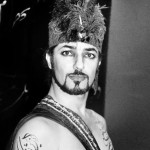
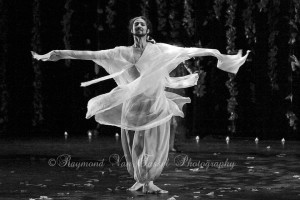
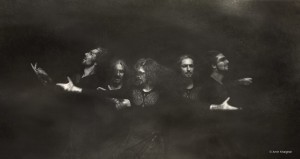
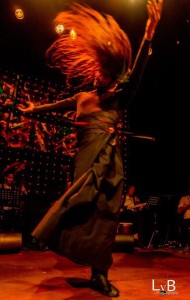
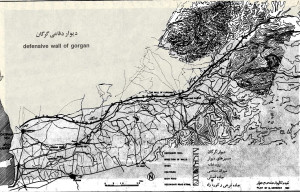 The article below “Fortifications” by Wolfram Kleiss in the Encyclopedia Iranica was originally published on December 15, 1999 and last Updated on January 31, 2012. Kleiss provides an overview of the fortified passages and defenses of the Sassanians, some of which can be traced back to the Achaemenid era.
The article below “Fortifications” by Wolfram Kleiss in the Encyclopedia Iranica was originally published on December 15, 1999 and last Updated on January 31, 2012. Kleiss provides an overview of the fortified passages and defenses of the Sassanians, some of which can be traced back to the Achaemenid era.